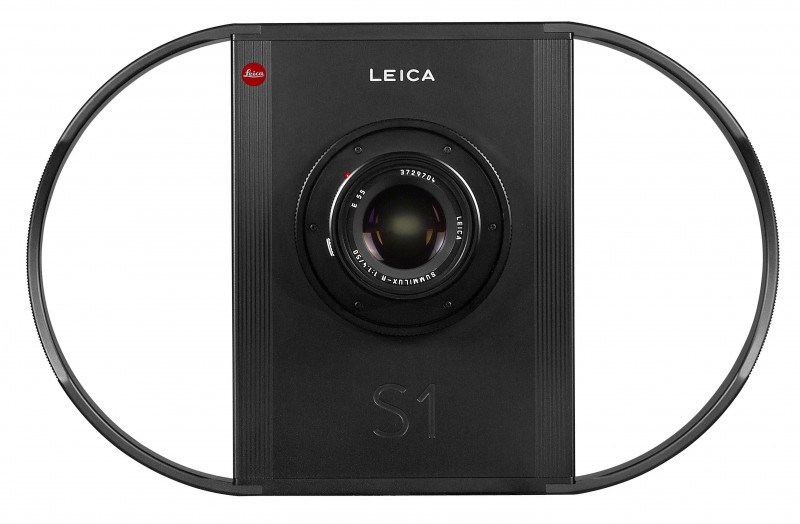Leica S1 at the Deutsches Museum
Leica S1 at the Deutsches Museum
July 1, 2017

Leica S1 (1996)
The Leica S1 was a digital scanner camera used predominantly in the field of reprographics. It was Leica’s first in-house digital camera, and represented a groundbreaking milestone in early digital photography. Unveiled to the public at Photokina 1996, the S1 featured a triple-linear colour CCD sensor containing 5140 x 5140 pixels, which moved across the image plane, recording it line-by-line. Unlike chip-based cameras, the S1 operated without Matrix interpolation. Instead, it was able to capture every picture element in red, green and blue – with the result that almost 79 million pieces of information were collated into a 26 MP image with outstanding colour reproduction. In the period from 1996 to 2001, four versions of the camera were produced – the S1, S1 Pro, S1 Alpha and S1 High Speed – which were used for the purposes of museum photography, reproductions, scientific photography and documentation.
The landmark camera has now been added to the unique collection of the Deutsches Museum in Munich, in order to feature in the museum’s extensive Foto + Film exhibition set to open in 2019. The exhibition will present a comprehensive overview of the evolution of analogue recording technology and modern digital film and photographic equipment. It will be divided into four sections, dedicated to recording and playback technology, photographic processing and cinematography. Approximately 600 exhibits within a 560 square-metre area will take the viewer into the world of photo and film technology from 1839 to the present day.
The landmark camera has now been added to the unique collection of the Deutsches Museum in Munich, in order to feature in the museum’s extensive Foto + Film exhibition set to open in 2019. The exhibition will present a comprehensive overview of the evolution of analogue recording technology and modern digital film and photographic equipment. It will be divided into four sections, dedicated to recording and playback technology, photographic processing and cinematography. Approximately 600 exhibits within a 560 square-metre area will take the viewer into the world of photo and film technology from 1839 to the present day.

Leica S1 (1996)